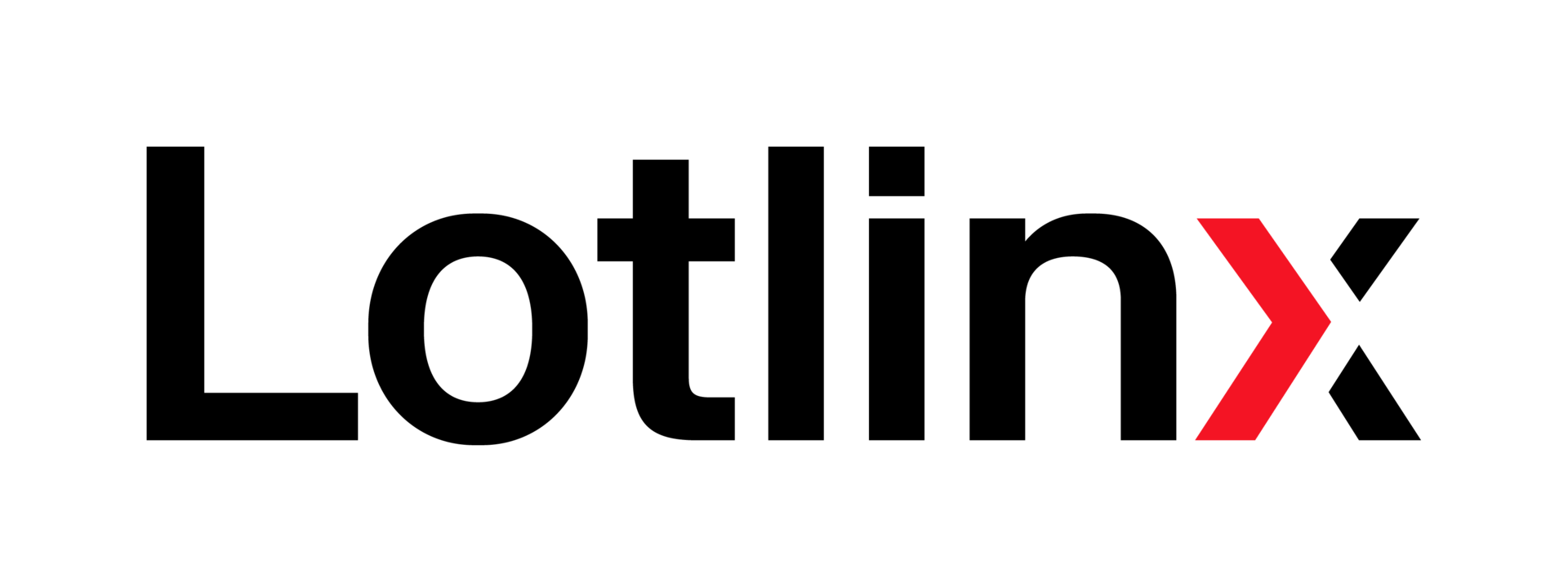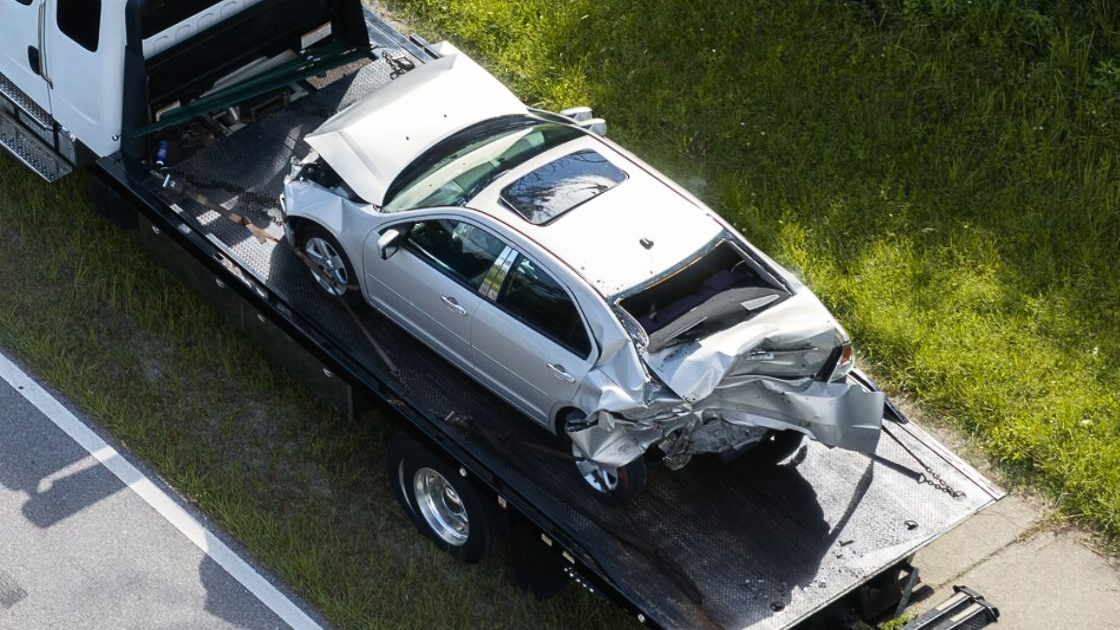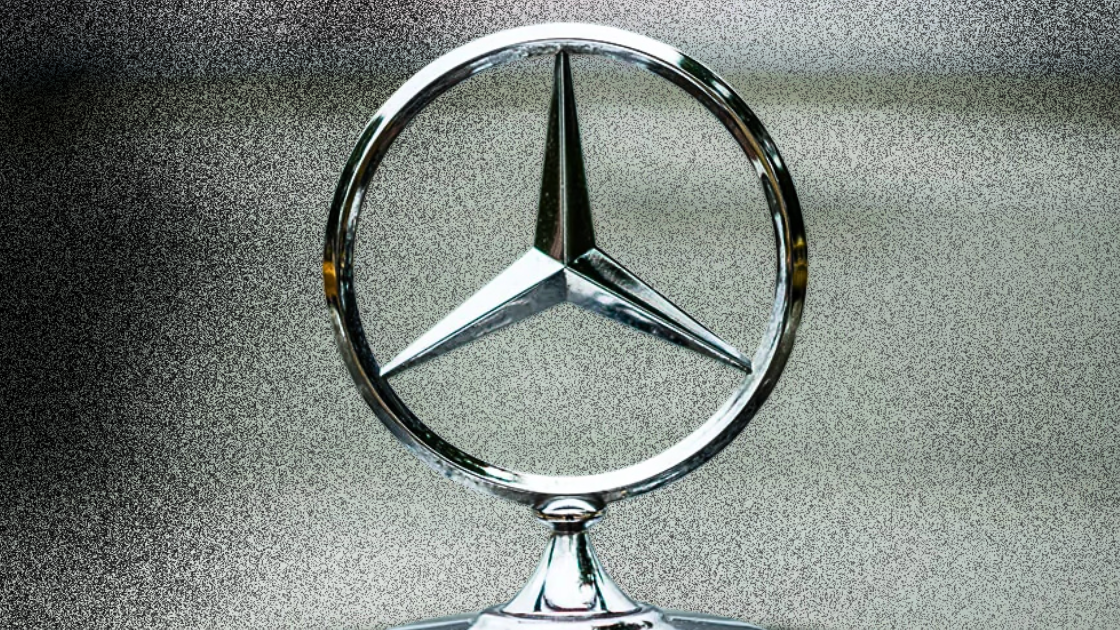
Presented by:
Hey everyone,
Each week, we deliver 2 concise, must-read recaps of the Car Dealership Guy Podcast—packed with the top 10 lessons learned from each episode.
Join the automotive insiders already getting the industry’s expert takeaways straight to their inboxes by voting below.
— CDG
First time reading the CDG Newsletter?
Welcome to The Breakdown, an analysis of auto retail’s top trends, moves, and insights—in under 5 minutes.

Vertical integration has been the competitive advantage public dealership groups and auto retailers have leveraged for years.
And from my POV, no where is that more apparent than consumer lending.
CarMax, Carvana, Lithia, and others have figured it out (maybe).
But most privately-owned franchised car dealerships don’t have pockets that deep, and in-house financing can be tough to pull off.
Although, a dealer I know told me the topic came up in a 20 Group recently, and there were lots of opinions on the risks vs rewards.
So, I followed up with a few more dealers active in the space to find out the pros and cons behind dealer-owned finance companies…

The rewards: Control, retention, and flexibility.
The obvious: Beyond yields on interest, the primary benefit of in-house financing is control. When dealers lend to their own customers, they own the entire relationship, including the sale, the loan servicing, the customer data, and likely, the eventual trade-in or lease return. That's the closed loop CarMax and Carvana operate within. It's customer retention built into the business model.

But there are other non-obvious strategic benefits.
1) One prominent dealer group in the South leverages in-house financing to meet objective-based manufacturer bonuses.
Say Nissan, or Hyundai, or whoever offers dealers $1,000 per car if they sell 200 Sentra in one month. A dealer selling 180 units is 20 cars short of $200,000 in bonuses.
So they might finance marginal credit customers to reach their goal. Then, sell off those loans at a modest loss, but still netting a profit overall.
2) Dealers can also set their own underwriting criteria and approve customers in a more nuanced way.
A local dealer understands that a 580 FICO customer with stable employment and family ties might not be as high of risk as a national bank's algorithm sees it.
And by funding loans themselves, dealers avoid bank fees and restrictive covenants—especially critical for smaller operators (BHPH is the obvious, but that’s a newsletter for another day).
But of course, it’s not all upside…
A quick word from our partner
Close the loop with Repair 360.
The first and only recon software that connects every function in the dealership to tighten recon and help you sell more cars.
Repair360 lets used car managers connect all the dots—every department, every task—one system for everything.
Approve, deny, and assign work in seconds.
See exactly where every car is and what its recon is costing in real time minute-to-minute.
When recon moves, your lot does too.

The risks: Slow returns, collections, and repossession losses.
Dealer Matt Bowers, has operated his own standalone auto lending institution for the last nine years.
It’s a smaller, regional operation with about $7 million in outstanding loans that makes around $150,000 per year.

Matt Bower
And he told me, running the outfit is not all it’s cracked up to be.
The reasons:
Returns come painfully slowly. Each loan generates about $150-200 a month.
And that profit can be hard-earned. When a customer stops paying, dealers can spend months chasing down payments, tracking down vehicles, and dealing with the operational hassle of collections.
By the time the dealer locates the vehicle and repos it, the situation has often deteriorated.
Then comes the loss. Bowers told me that each repo costs him on average $15,000-17,000, wiping out months of interest payments across dozens of performing loans.
This reminded me of an upcoming CDG Podcast I recorded with Sanjiv Yajnik, President of Capital One Auto Finance, who said that direct dealer lending “is wonderful in the good times and it will in an instant wipe you out in the bad times."

Sanjiv Yajnik

The realities: Complexity, scale, and systems.
In-house financing can work beautifully when credit is flowing, defaults are low, and asset values hold steady. But when economic conditions shift (and they always do) the leverage factor in lending can damage a dealership.
For single-rooftop dealers, the economics of in-house finance are tough (to say the least), and most of these dealers are too risk averse to try.
But mid-size to large groups that are more inclined to go this route, have two realistic paths:
Deploy tens (or hundreds) of millions in capital and build everything themselves, including hiring the talent, building the systems, getting licensed across states, etc.
Or partner with third-party providers like Karus or Dealer Owned Finance Company, who handle underwriting, fraud protection, servicing, compliance, and legal for an admin fee while the dealer funds the loans.
Either way, the math only works if dealers understand they're entering a business that compounds gains slowly but can generate catastrophic losses instantly when the cycle turns.
Looking ahead, many analysts are predicting gradually improving conditions for auto lenders in 2026 compared to 2024-2025. “Risky vintages” are beginning to age out, and interest rates are poised to drop further. Meaning, dealers could be on the cusp of entering a more favorable phase of the economic cycle. But lending is still precarious.
The biggest piece of advice I have for dealers considering in-house financing is simple: tread lightly.
But what do you think? Is in-house dealer financing a smart move?
Missed yesterday’s episode of Daily Dealer Live?
Presented by:
LAPIS CEO on public groups and Wall Street, Singleton on biggest fixed ops KPIs
Featured guests:
Todd Blue, CEO of LAPIS
Chris Singleton, Managing Partner at Mike Terry Auto Group
This week on the

The old-school process still killing dealer productivity—and how to fix it
Shout out to Corpay for making this episode possible!
Stream now on:
The battle between dealers and OEMs: Why they have to win (or lose) together
Stream now on:





















